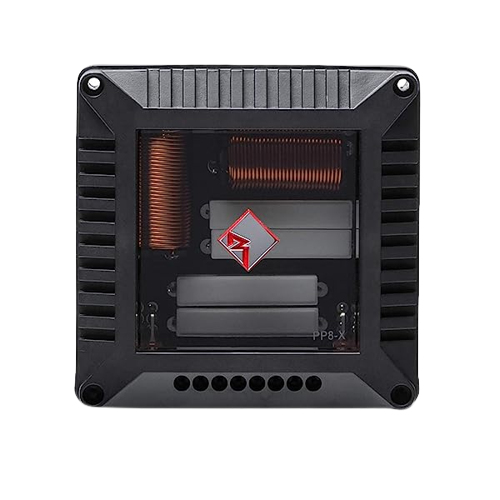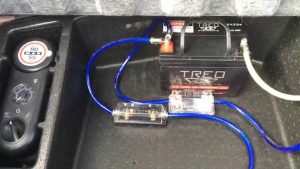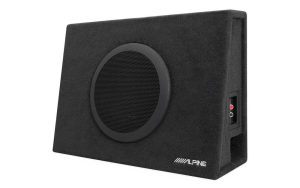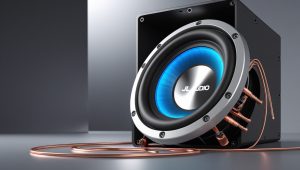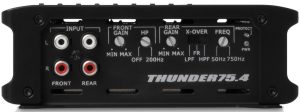When it comes to achieving crystal-clear audio in your car audio system, having the right components makes all the difference. Among these components, the Rockford Fosgate crossover stands out as a crucial element in fine-tuning your sound to perfection. In this article, we will dive into the world of Rockford Fosgate crossovers, understanding their importance, how they work, and the benefits they bring to your car audio setup. So, buckle up as we take a sonic journey into the heart of Rockford Fosgate crossovers!
Contents
What is a Crossover?
A crossover is an essential electronic component in any audio system, designed to divide and direct sound signals to the appropriate speakers. In simpler terms, it ensures that each speaker receives only the frequencies it’s designed to handle, eliminating distortion and maximizing audio quality.
The Role of Rockford Fosgate Crossover
Rockford Fosgate, a name synonymous with premium car audio equipment, takes the concept of crossovers to the next level. Their crossovers are precision-engineered to optimize audio performance and deliver an unmatched listening experience. By segregating the audio signals based on frequency ranges, Rockford Fosgate crossovers enable speakers to function at their best, resulting in a smoother and more balanced sound output.
Types of Rockford Fosgate Crossover
Rockford Fosgate offers various types of crossovers to suit different audio setups and preferences:
Passive Crossovers:
These are the most common type and come built into most speaker systems. Passive crossovers use capacitors, inductors, and resistors to divide the frequencies and direct them to the appropriate drivers.
Active Crossovers:
Active crossovers require external power to operate and offer greater flexibility in adjusting the crossover points and slopes. They are generally preferred by audiophiles and car audio enthusiasts seeking complete control over their sound system.
Multi-Way Crossovers:
As the name suggests, multi-way crossovers manage three or more speakers in a system, dividing the audio signal into high, mid, and low frequencies, ensuring each speaker receives its dedicated range.
Benefits of Rockford Fosgate Crossover
Investing in Rockford Fosgate crossovers can transform your car audio experience in the following ways:
Enhanced Sound Clarity:
By directing each frequency range to the appropriate speaker, crossovers prevent audio distortion and muddiness, resulting in clearer and more defined sound.
Speaker Protection:
Crossovers act as a safeguard for your speakers, ensuring they don’t receive frequencies they can’t handle, which could lead to damage.
Customizable Sound:
With active crossovers, you can fine-tune the audio frequencies to match your listening preferences, creating a personalized sound signature.
Efficient Power Usage:
By efficiently distributing frequencies, crossovers help optimize power usage, ensuring your audio system performs at its best while saving energy.
Tips for Installing Rockford Fosgate Crossovers
To make the most of your Rockford Fosgate crossovers, keep these installation tips in mind:
Positioning Matters: Place the crossovers close to the amplifiers to minimize signal interference and ensure clean audio transmission.
Follow the Manual: Carefully read the product manual and adhere to the manufacturer’s recommendations for optimal results.
Seek Professional Help: If you’re unsure about the installation process, consult a professional car audio installer to avoid any potential mishaps.
Conclusion
Rockford Fosgate crossovers are the unsung heroes behind top-notch car audio systems, providing unparalleled sound quality and speaker protection. Whether you’re an audiophile or just someone who enjoys quality music on the go, upgrading your car audio setup with Rockford Fosgate crossovers is sure to elevate your driving experience. Unlock the true potential of your speakers and immerse yourself in a world of rich, vibrant soundscapes with Rockford Fosgate crossovers today!
